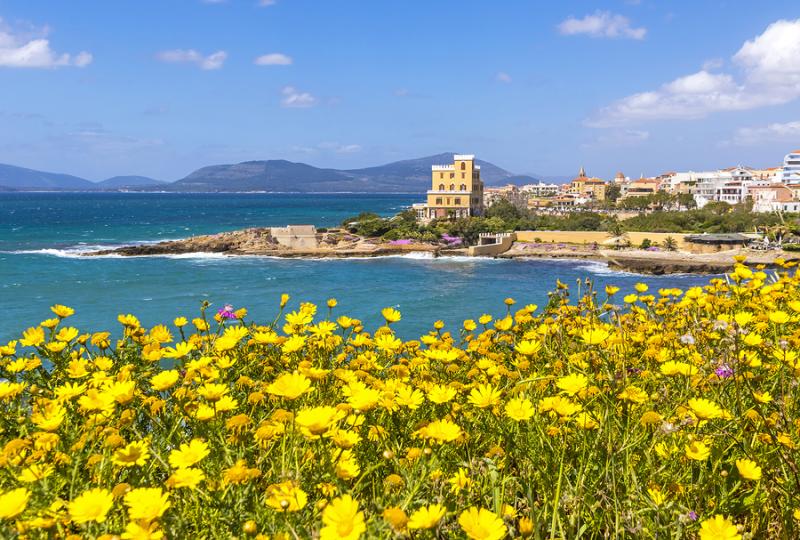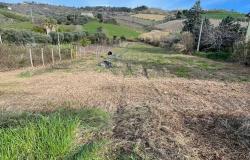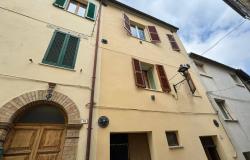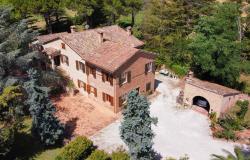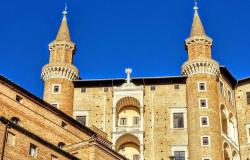Spring time is the right time to go on a city break, to enjoy the art, history and food of Italian towns at better prices than the high season and at a time where you may find less crowds. Here are five Italian cities we picked from north to south and from the islands, which also offer attractions nearby to go further explore the countryside or the coast.
Palermo
Head to Palermo and be enthralled by the city’s thousand-year old history, its architecture, street food scene and nearby beaches. Palermo is great in the spring when the warmer weather invites you to stay outside and enjoy all that the Sicilian capital has to offer, including its lively markets.The 12th-century Cathedral houses royal tombs, while the imposing neoclassical Teatro Massimo is renowned for its opera performances. Also not to miss are the Palazzo dei Normanni, a royal palace dating back to the 9th century, and the Palatine Chapel, with Byzantine mosaics. The crowded markets include the central street market Ballarò and Vucciria, near the port.

Spring in Palermo also means beaches, as the temperatures may be warm enough for a day at the seaside and maybe even a dip into the sea. Check out the white sandy beach of Mondello or take a boat trip to Isola delle Femmine.
Want to know more? Top 5 Things to See and Do in Palermo
Ancona
Ancona may not come immediately to mind as a destination for a weekend escape or city break, but this port town founded by Greek settlers from Syracuse may pleasantly surprise you.The regional capital of Le Marche, on the Adriatic coast, is known for its beaches, such as Passetto beach, and the Ancona Cathedral located on a hill. In the city center, the Fontana del Calamo is a fountain with bronze masks of mythical figures. Opposite the port is the ancient Trajan’s Arch, a marble triumphal arch erected in Trajan’s honor in 115.

Once you’re done exploring Ancona, take some time to go explore the Conero Riviera, just south of the city. Here you can take walks in the Regional Park of Conero, while admiring great views of the coast, smell the flowers in bloom and take a boat to the famous beach of Due Sorelle, much more enjoyable this time of the year, without the crowds of summer.
Learn more:
Day Tripper: Ancona
Beaches, Hiking and Culture: Discover Le Marche’s Conero Riviera
Parma
The Italian Capital of Culture for 2020, Parma is an elegant town in Emilia-Romagna, renowned for the beauty of its historic center and the quality of its food, especially Parmigiano Reggiano, prosciutto di Parma and culatello, all produced in the countryside that surround the city.Romanesque buildings, including the Cathedral with its frescoes and the Baptistery made of pink marble, adorn the historic center. The Regio Theater, dating from the 19th century, hosts classical music concerts. The National Gallery, inside the imposing Palazzo della Pilotta, displays works by the painters Correggio and Canaletto.

Outside Parma, visit the beautiful Torrechiara Castle, a 15th-century manor with medieval and Renaissance features; it’s located on top of a panoramic hill in Langhirano, heart of production of prosciutto and Parmigiano. Make sure you visit some local producers to learn about these prized products and taste them at the source.
Learn more:
Day Tripper: Parma
Parma Pleasures: Prosciutto and Parmigiano
Alghero
On the north-western coast of the island of Sardinia, Alghero is a fascinating town with Catalan origins.Surrounded by ancient walls, it is known for its paved historic center and Catalan Gothic-style buildings including the Cathedral of Santa Maria, with an imposing bell tower, Palazzo Guillot and the Church of San Francesco, dating back to the 14th century. The nearby Church of San Michele boasts a colorful dome decorated with tiles.

Alghero is located along a stretch of coast known as Riviera del Corallo, from a large coral colony of the finest quality which lives there. In fact red coral is the typical souvenir of Alghero.
The most popular beach is Le Bombarde, while the marine reserve of Capo Caccia, with the impressive Grotta di Nettuno, a cave system of around four kilometers, is not to be missed.
Lecce
Lecce is a city in Puglia known for its Baroque buildings. Lying on a plain at the foot of the Salento plateau, it is nicknamed “Florence of the South” for its large number of Baroque buildings.
In the central Piazza del Duomo, the Cathedral features a double facade and a bell tower; the Church of Santa Croce features a richly decorated façade with animals, grotesque figures and vegetables, and a large rose window; the Roman column of St. Oronzo is topped by the bronze statue of the patron saint of the city, and nearby is the Roman amphitheater, from the second century.

And then there’s the sea: Lecce is the gateway to Salento, the heel of Italy’s boot, famous for its beaches, villages and gastronomy. If you go in the spring, you’ll be spared the tourists who crowd this area in summer.
Learn more: Touring Lecce, the Pearl of Puglia's Salentine Peninsula
